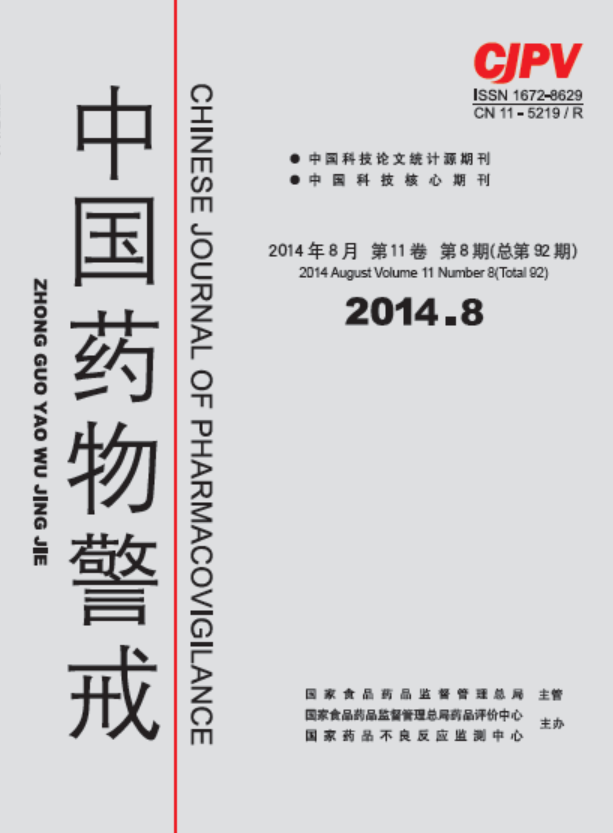|
|
Experimental Study on Long-term Toxicity of ISMN Valsartan Spironolactone Antihypertensive Compound in Rats
LI Xin, LI Bin, ZHAO Tao, MOU Li-li, FENG Zhong, YAO Jing-chun
2014, 11(8):
457-461.
Objective To observe the toxicity of antihypertensive compound (ingredients: isosorbide mononitrate, valsartan, spironolactone) in rats for 6 months by oral administration, and whether the toxicity was increased or not, and whether new toxicity was generated after three ingredients combined application compared with valsartan used alone were also observed. Methods 200 healthy Sprague-Dawley(SD) rats, were randomly disvided into control, valsartan, low-, mid-, and high-dose (73, 244, and 733 mg·kg-1) valsartan compound groups, 40 in each group. Dose volume was 10 mL·kg-1, with ig administration for 6 months, 6 d per week, and observed for 4 weeks after the last administration. During the experiment, the general conditions of animals were observed daily. Body weight and food consumption were weighed weekly. The related indexes including blood pressure , blood routine, and blood biochemistry were detected at different time points such as month 3 and 6 of administration, and week 4 in recovery period. Then the rats were dissected and histopathologic examination was carried out. Results Compared with control group, the blood pressure in all the drug groups declined obviously but returned to normal after drug withdrawal. In 244, 733 mg·kg-1 combination groups and valsartan group, the blood routine RBC, HCT, HGB and Ret decreased obviously, the serum CREA, UREA and K+ were increased after given drug for 3 months, no obvious pathological changes in organs were observed except kidney appeared server inflammation. These abnormal indexes can return to normal after drug withdrawal. Conclusion In this study, the no observed adverse effect level(NOAEL) of antihypertensive compound is 73 mg·kg-1 in rat for 6 months by oral administration. The toxicity of blood routine and kidney was found at dosage of 244 mg·kg-1. The damage was reversible, it can return to normal after drug withdrawal. The toxicity was not increased and new toxicity was not generated compared with valsartan used alone after three ingredients combined application.
References |
Related Articles |
Metrics
|
